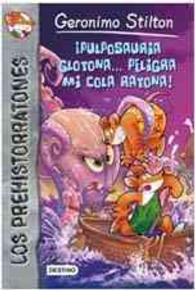- ホーム
- > 洋書
- > 英文書
- > Science / Mathematics
基本説明
Topics covered include Simulation Methodologies, Biological and Biophysical Applications, Chemical Education.
Full Description
Annual Reports in Computational Chemistry is a new periodical providing timely and critical reviews of important topics in computational chemistry as applied to all chemical disciplines. Topics covered include quantum chemistry, molecular mechanics, force fields, chemical education, and applications in academic and industrial settings. Each volume is organized into (thematic) sections with contributions written by experts. Focusing on the most recent literature and advances in the field, each article covers a specific topic of importance to computational chemists. Annual Reports in Computational Chemistry is a 'must' for researchers and students wishing to stay up-to-date on current developments in computational chemistry.In Volume 3, topics covered include Simulation Methodologies (Carlos Simmerling), Biological and Biophysical Applications (Heather Carlson), Chemical Education (Theresa Zielinski), Materials and Polymers (Jeffry Madura), Quantum Chemistry (T. Daniel Crawford), and Emerging Technologies (Wendy Cornell). With this volume we extend the practice of cumulative indexing of both the current and past editions in order to provide easy identification of past reports.
Contents
Simulation MethodologiesChapter 1 Molecular Simulations of pH-Mediated Biological Processes Chapter 2 Extending Atomistic Time Scale Simulations by Optimization of the ActionChapter 3 Fishing for Functional Motions with Elastic Network ModelsChapter 4 Alchemical Free Energy Calculations: Ready for Prime Time?Biological and Biophysical Chapter 5 Linear Quantitative Structure-Activity Relationships for the Interaction of Small Molecules with Human Cytochrome P450 IsoenzymesChemical Education Chapter 6 Observations on Crystallographic EducationChapter 7 Achieving a Holistic Web in the Chemistry CurriculumMaterials and PolymersChapter 8 The Role of Long-time Correlation in Dissipative Adsorbate Dynamics on Metal SurfacesQuantum ChemistryChapter 9 An Active Database Approach to Complete Rotational-Vibrational Spectra of Small MoleculesChapter 10 The Effective Fragment Potential: A General Method for Predicting Intermolecular InteractionsChapter 11 Gaussian Basis Sets Exhibiting Systematic Convergence to the Complete Basis Set LimitEmerging TechnologiesChapter 12 Principles of G-Protein Coupled Receptor Modeling for Drug Discovery








